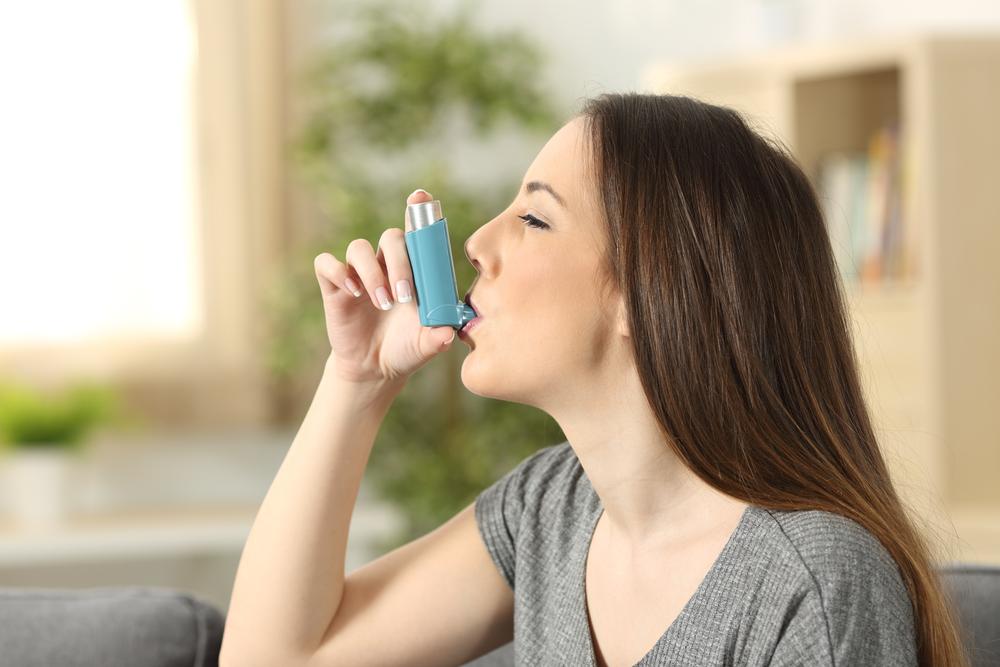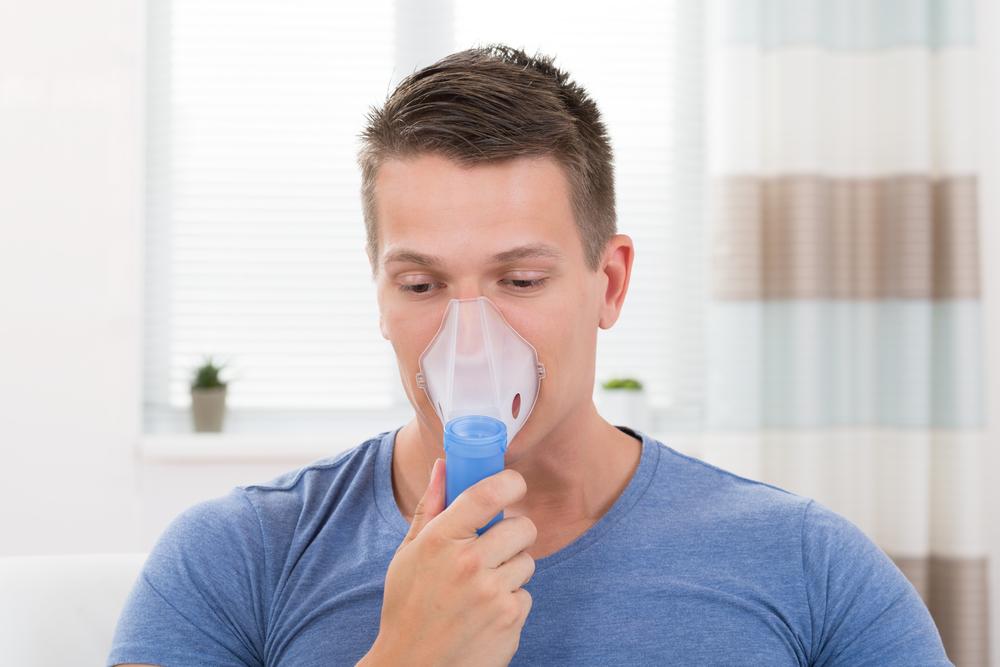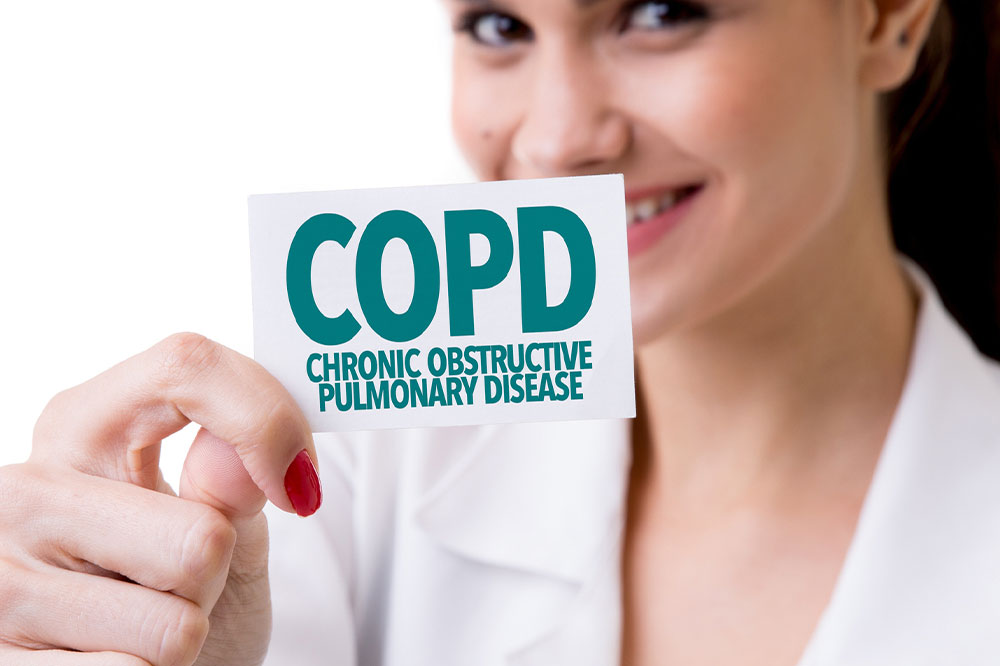Comprehensive Guide to Combining Glycopyrrolate and Formoterol: Usage, Safety, and Precautions
This comprehensive guide explores the combination therapy of glycopyrrolate and formoterol, focusing on proper usage, safety precautions, potential side effects, and important considerations. Ideal for patients with respiratory conditions like COPD, it emphasizes the importance of medical supervision and adherence to dosage instructions to ensure safe and effective treatment. Learn about the benefits and risks associated with this medication, and get tips on managing side effects and preventing complications. A must-read for those considering or prescribed this inhalation therapy to improve respiratory health and quality of life.

Comprehensive Guide to Combining Glycopyrrolate and Formoterol: Usage, Safety, and Precautions
In the modern management of respiratory illnesses, combination therapies have become increasingly prevalent, offering enhanced symptom control and improved quality of life for patients. Among these, the combination of glycopyrrolate and formoterol stands out as an effective treatment primarily used for chronic obstructive pulmonary disease (COPD). This combination not only alleviates breathing difficulties but also plays a significant role in reducing symptoms associated with excessive salivation caused by certain medications. It is commonly marketed under various brand names including Glycate, Robinul Forte, Robinul, and Cuvposa.
Understanding the Usage and Benefits of Glycopyrrolate and Formoterol
Glycopyrrolate combined with formoterol is primarily administered via inhalation, targeting the respiratory system to provide quick relief from airflow obstruction. Patients suffering from COPD often receive this medication to facilitate deeper, easier breathing. The synergy of these two drugs works by relaxing the smooth muscle tissues within the airways, thereby reducing airway constriction, wheezing, and breathing difficulties. This allows individuals to carry out daily activities with greater ease and less discomfort.
The portability and rapid onset of action make this inhaler one of the most convenient tools for managing respiratory emergencies. Many patients find it valuable to carry the inhaler with them at all times, especially during activities that might trigger symptoms. However, despite its convenience, it is crucial to adhere strictly to the prescribed dosage instructions to prevent potential overdose or adverse effects. Glycopyrrolate is classified as an anticholinergic agent, which means it works by blocking certain nerve impulses, leading to decreased secretions and airway relaxation. Because of its pharmacological activity, this medication must be used under close medical supervision.
Important Precautions and Medical Considerations
The combined use of glycopyrrolate and formoterol involves prescription medications that require careful medical evaluation prior to initiation. Not everyone with respiratory issues is suitable for this treatment, and a comprehensive medical assessment is essential to determine the appropriateness of therapy. Patients are advised to disclose their full medical history, including known allergies, cardiovascular health, hypertension, thyroid conditions, seizure history, diabetes, urinary problems, or any family history of glaucoma. Such information helps healthcare providers tailor the safest and most effective treatment plan.
This drug combination may temporarily influence heart rhythm, causing conditions such as tachycardia or arrhythmias. Nonetheless, these effects generally diminish within a few days of starting therapy. For persistent or worsening symptoms, dose adjustments or alternative treatments may be necessary. Pregnant women should use this medication only if deemed absolutely essential by their healthcare provider, as the safety profile during pregnancy is not fully established.
Understanding the Potential Side Effects
Like all medications, glycopyrrolate and formoterol may cause side effects, although not everyone experiences them. Commonly reported adverse reactions include skin rashes, itching, mild nausea, and drowsiness. More serious but less common effects can involve increased blood pressure, episodes of irregular heartbeat, breathing issues, wheezing, muscle cramps, excessive thirst, or urinary difficulties. Any persistence or intensification of side effects warrants immediate consultation with a healthcare professional.
It is important to recognize that drug interactions can modify the likelihood and severity of side effects. Patients should always consult their doctor before combining this inhaler with other medications, including over-the-counter drugs or supplements. In cases of overdose or accidental misuse, urgent medical attention is critical to prevent severe health complications. Immediate steps should be taken by contacting emergency services or visiting the nearest healthcare facility.
In summary, the combination of glycopyrrolate and formoterol offers significant benefits for managing COPD symptoms and related conditions, provided it is used responsibly under medical supervision. Proper understanding of its usage, potential risks, and necessary precautions can help patients maximize the therapeutic benefits while minimizing adverse effects.





